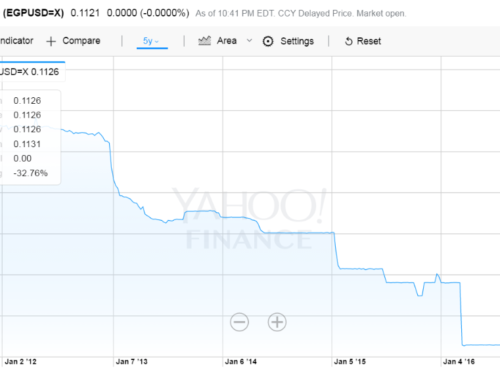Egypt’s Economic Development Conference (EEDC), launches this weekend in the Red Sea resort of Sharm el-Sheikh. Its stakes, in Egypt at least, seem to be getting higher by the minute. The conference has become an event of national interest, and expectations rising as the public and media discourse has been touting the conference, in no ambiguous words, as the make-or-break event of Egypt’s recovery.
A poll conducted by a private polling institution claims that 84% of Egyptians have heard about the conference, a staggering figure in a country with an official adult illiteracy rate of one in four (and some put the figure twice that high). It is important to recognize though that the campaign runs intensely through all media. Print and television run countdowns to the conference. Newspapers offer “exclusive” headlines with leaked agendas, lists of projects, or names of participants to the conference—this national state of infatuation with what is really a specialized conference has never been seen before.
But this infatuation with the EEDC seems increasingly disconnected from reality and may run the risk to simply disappoint, even if it is deemed successful by any reasonable standards.
To put the EEDC in better context, it is important to remember the genesis of this event. In June 2014, late King Abdullah of Saudi Arabia called for a donor conference to aid Egypt, saying that friends of Egypt should pledge financial support to the country. The goal was unequivocal: Egypt’s battered economy, like any country in a post-crisis situation, required urgent financial support to keep its economy afloat, its deficit in check, its currency from tumbling and the government from defaulting on its international engagements.
But the Egyptian state, more acquainted with hostingdonor conferences than being the subject of one, chose to present the event differently, and put Egypt in the driver’s seat rather than merely along for the ride. Buoyed by positive economic results in the short term—most notably a growth rate of more than 5% in the second half of 2014—the donors meeting thus became an investment conference, then a development one, and the key public message skillfully morphed from a fundraising drive into “Egypt the Future,” as goes the conference’s shorthand slogan, and so very much to the government’s credit.
The risk, however, is that this glitzy presentation might obfuscate the realities of the economy, as well as make implicit promises about the conference that are simply not in the government’s hands to keep. While the public may fall for the charm and well-designed YouTube advertisements for the conference, investors are well aware of Egypt’s current challenges and its hardly stable economy.
Politically, as long as the government fails to take steps toward long-term resolution of the existing political stalemate, the low-intensity conflict is expected to remain, as exemplified by the regular bombings occurring nearly daily in the capital and increasing in the run-up to the conference. Economically, while the fundamentals are improving on the short term, improvements are slow – and most observers keep their optimism in check. This is reflected in Egypt’s international credit, which had seen a slight improvement in 2014 but with ratings agencies remaining cautious about the medium and long term. Only last month, Standard & Poor’s reviewed and maintained its rating for Egyptat B- with a stable outlook, hailing the government’s fiscal reforms but recognizing high public spending, which would limit the government’s ability to rein in the public deficit—and the deficit would have been worse if it had not been for the influx of foreign assistance.
In the end, official development assistance packages and budget support will be announced; investment deals, some of which will be worth billions of dollars and likely agreed ahead of the conference, will be launched with great fanfare; several of the key investors, including state-owned enterprises of allied countries, hailed and their governments as true friends of Egypt and visionaries making the right bet. The sectors that will emerge with financing will overwhelmingly be those in the sectors that have systematically attracted investment in post-crisis countries: oil and gas, real estate, hard and soft infrastructure, and telecoms. Investments in industry and productive sectors are traditionally dwarfed in comparison, and this conference will likely be no different, perhaps to the disappointment of many of the hopeful Egyptian business owners and entrepreneurs earnestly taking part in the conference and seeking investment.
And while the government should be content with those pledges, it remains to be seen whether they are deemed satisfactory by the larger public and commensurate with their immense expectations. As donor pledges help replenish the State’s coffers and buoy the megaprojects that have become a key component of its economic policy, whether Egyptians’ development aspirations are met will be a longer-term affair, be it as a result of the conference’s investments and job creation, or as the fallout of the multitude ofinvestment-friendly reforms passed ahead of the conference. The government would do well to temper expectations; declarations, such as Minister of Investment Ashraf Salman’s earlier this month that the conference “would form the backbone” of the state’s growth policy in the upcoming period do the opposite. The government should also adopt and maintain a policy of full transparency, and be clear that while the conference could represent an important stepping-stone to regaining investor confidence, the road to prosperity is still long.
Originally published by the Tahrir Institute for Middle East Policy (TIMEP).




